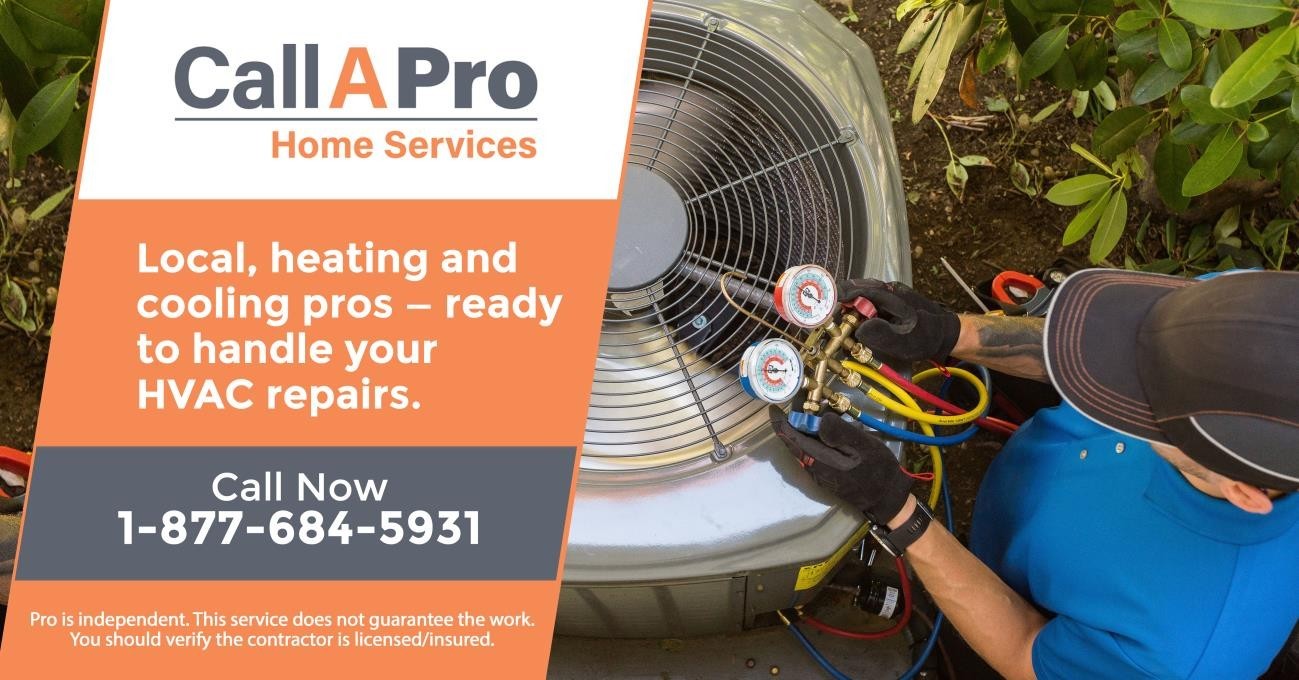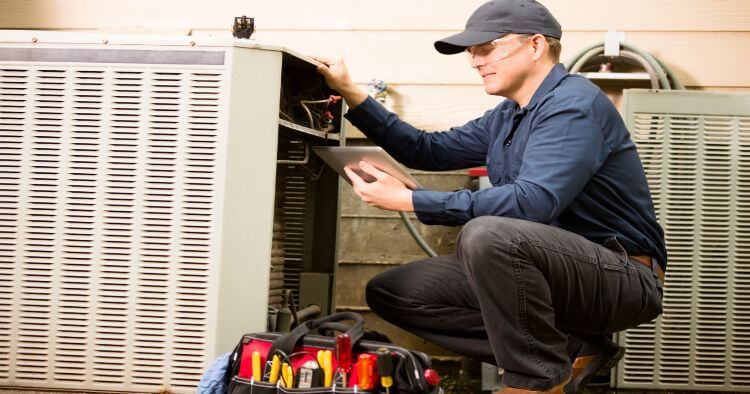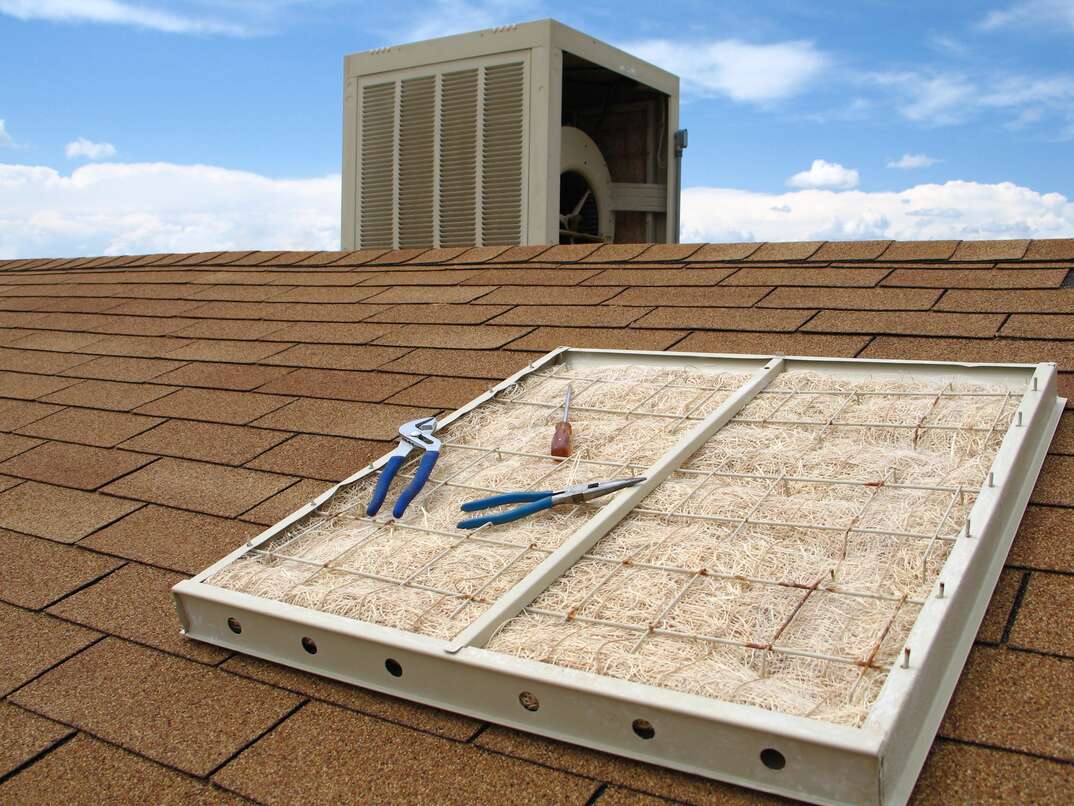7 Tell-tale signs of a Water Heater not working

Sure, I can shrug off a lukewarm shower during the warm summer months. In fact, sometimes I even want to be doused in cold water on a sweaty day. But when winter rolls around and it's time to pull out the jackets, crank up the heat, sip on hot chocolate and snuggle under the blankets, the hero of the day is usually the water heater. When the cozy layers and hot drinks fail to warm me up, a toasty shower or bath is the perfect cure.
Recognizing the early warning signs that this critical system is beginning to fail is an important skill as a homeowner, considering the earlier you catch the issues, the less likely you are to be left out in the cold. Plus, maintaining daily water heater operations around your home can help prevent costly repairs and replacements.
Water heater not working? No worries - here are seven common water heater problems along with tips on how to respond in the event that you notice one of these signs of trouble.
1. You don't have enough hot water
Do you barely have enough hot water for one shower a day? Wash the dishes and know you're doomed if you want to have a toasty bath afterward? I've been there: When I lived in an apartment with an inadequate water heater to serve all of the units, I was so desperate for a hot bath that I boiled water in my kettle and then added it to the lukewarm water in my tub.
Scenarios like these mean your water heater isn't producing enough hot water - and you shouldn't be using boiling water from a kettle on your stove - as that can be dangerous.
Your move:
The easy fix is adjusting the temperature dial on your water heater to a higher degree, waiting about 30 minutes and then checking the water temperature at a faucet, as suggested by HomeTips. Check the circuit breaker to ensure the corresponding switch is still in the "on" position, as it may have tripped and caused the thermostat to get stuck on a different setting. If you have an electric water heater that keeps tripping the circuit, you'll want to contact a professional as soon as possible. This means the unit is drawing more power than it needs, likely due to wiring problems or faulty electrical connections.
If that doesn't change anything, try draining the water tank to remove sediment and boost the unit's efficiency. The issue may also be a faulty component, such as a temperature-pressure relief valve, heating element or dip tube. Depending on your level of DIY plumbing experience, you might consider scheduling a professional inspection to locate the issue and replace the appropriate part.
Important note: If it always seems like you never have enough hot water rather than the lack of it being a recent development, your water heater may be too small for your needs. In this case, you may want to consider purchasing a new unit with a larger tank or investing in a tankless, on-demand model.
2. You have varying water temperature issues
One second the water is too hot, the next it's too cold and sometimes it's just right. It's easy to ignore fluctuations in water temperature, but it could signal a much bigger issue with your water heater that will only get worse with time.
Your move:
Make sure your water heater thermostat is set to your desired temperature. For instance, if the water feels too hot to the touch, lower the thermostat to a cooler setting. Smart advice from HomeTips: Mark the present setting with tape or a marker before adjusting. That way, you can check to see if the thermostat alters on its own accord.
Sears noted that if the water is still consistently too hot or cold even when the thermostat is set to the right temperature, you may need to replace the thermostat or the heating element. The Spruce provided example scenarios, such as consistently lukewarm showers indicating that there's a defective upper heating element. If your shower runs out of hot water quickly, there's probably an issue with the lower element. When internal components like these heating elements are the issue, seek the help of a technician to repair or replace the faulty element.
Another important aside on unit size: The Spruce noted that a 40-gallon heater, for instance, is sized for a demand of approximately 30 gallons. You can spread out your water use to meet the unit capacity or consider upgrading to a larger water heater to avoid temperature fluctuations. While 30-gallon capacity is fine for one person, two people will likely need 40 gallons. Lowe's recommended choosing a model with a capacity of at least 50 gallons for a family of three and going up from there for households with four or more people.
3. You have a leaking water heater
If you notice water dripping from the unit or pooling around the bottom of the tank, you'll want to take action immediately. A leaking water heater typically indicates a serious internal failure.
Your move:
Safety is especially important when troubleshooting this kind of water heater issue. Before doing anything to solve the problem, SF Gate Home Guides advised disconnecting the electricity or turning off the gas to the unit and letting it cool down. From there, you can inspect the water heater to determine the source of the leak.
Start by checking the inlets, screws, connectors and pipes on the unit to make sure they didn't come loose. If they did, tighten them back into place. Next, check the bottom of the unit for excessive leaking. It's normal to see some condensation on your water heater, as the temperature-pressure relief valve may release excess or built-up pressure from the unit. However, a substantial leak means something is amiss, and you should call a technician for repair help. If the tank is leaking, it's likely the technician will recommend that you replace the water heater entirely.
4. You notice reduced water flow
Changes in water flow rate or pressure may indicate a buildup of scale or sediment in your water heater or within the plumbing that connects the unit to various locations inside your home. This is definitely not a warning sign to ignore and handle later, as the buildup will only get worse and potentially leave you without much-needed hot water in the middle of winter.
Your move:
If you don't have a tankless water heater, you can drain the tank and flush out sediment on your own by following these steps. You'll also want to inspect your pipes and fix any drainage issues that may be affecting the water flow pressure. However, you can also schedule an appointment with a professional to descale your water heater and clean the inlet and outlet pipes to resolve the issue.
5. You're hearing some concerning sounds
Always keep an ear out for unusual noises coming from your water tank, such as loud cracks, pops, whining, bangs, gurgles or boiling. If your unit is making any of these sounds, it's trying to tell you something is wrong. DoItYourself.com noted that noises coming from a water heater tank are generally produced by either burning sediment and scale or a deteriorating heating element. Boiling sounds are by far the most worrisome, as they generally indicate intense overheating or pressure buildup.
Your move:
As with other common water heater problems, your first line of defense will be draining the tank to remove the residue. If the noises continue even after flushing out the burning buildup, you will likely need to replace the heating elements. However, if you hear the boiling sounds mentioned above, don't waste any time trying to troubleshoot the issue yourself. Instead, call a professional for immediate help.
6. You have smelly or discolored water
Strange water odors, such as smells reminiscent of rotten eggs, or discoloration, including rusty and muddy hues, may be a sign that there's bacteria or rust inside the water heater's tank. What's more, the tank's anode rod, which kills bacteria and removes rust from the water, may be broken.
Your move:
The first step is to determine if the bad odor and discoloration are caused by a problem with the source water or the heater itself. To do so, test both cold and hot water at a faucet. Check your results with the expert info from HomeTips:
- Odor and discoloration present in both hot and cold water: Source–water problem.
- Just cold water: Source–water problem.
- Only hot water: Water heater issue.
If you have a source–water problem on your hands, the solution is installing water filters and softeners to remove iron, copper and other minerals from the water before it gets to your faucets. However, hot water odors and discolorations first require flushing your water tank. Sears suggested draining the tank, filling it with 32 ounces of bleach and then flushing it again to eliminate odor-causing bacteria and remove rust. Alternatively, you can turn up the temperature to 160 degrees for an hour or so.
After draining the tank, run the hot water for a few minutes to determine if the unusual smell and colors are gone. If not, you'll need to replace the anode rod. This requires a fair amount of plumbing skills and knowledge, so many homeowners will need help from a professional to complete the replacement project.
If you have a gas water heater, HomeTips also noted that you may notice a garlic-like odor coming from your water when the pilot light goes out. To troubleshoot, turn the gas valve control off and wait for the gas smell to go away before re-lighting the pilot. If the gas smell remains, call in the professionals for help.
7. Your water heater is on the older end of the spectrum
Modern water heaters are far more durable and reliable than units produced just five years ago. If you recently purchased a new water heater, you can expect at least 10 years of quiet, efficient and mostly maintenance-free operation. On the other hand, older machines can hum, pop, clang and produce disappointingly lukewarm water when they approach the end of their lives.
Your move:
If your unit is in the double digits - and especially if it's showing any of the above warning signs - it may be time to replace the water heater with a newer model. Not only will your showers be more comfortable, but your monthly bills may also decrease. According to HouseLogic, new models can be up to 20% more efficient than older, conventional models, saving you up to $700 in energy costs over the water heater's lifetime. And when it's time to shop for a new hot water heater, you can have your pick at all the different types, including tank, tankless, hybrid heat pump and solar models.
Avoiding issues with regular maintenance
Regular professional inspections and hot water heater maintenance can do a lot to help preserve the functionality and efficiency of your hot water heater. For instance, you can avoid the scale and sediment buildup that's so often the cause of hot water problems by flushing out your tank every few months. You'll also want to inspect important components, such as the pressure relief valve and abode rod, on a regular basis to make sure they're performing properly. Insulating the unit and hot water pipes can also boost efficiency by preventing energy loss and overworking.
Remember to protect yourself with gloves and goggles when performing maintenance on your water heater. Of course, you should also turn off the power on the heater's circuit before performing any tasks.
Whether you schedule an appointment with a licensed professional or perform maintenance tasks on your own, be sure to check out your unit well before the winter sets in. It's usually more difficult to schedule professional inspections and repairs during the colder months, and the costs may be higher.
Being prepared for water heater issues before they arise is always a good strategy. See how plans from TotalHome Warranty by HomeServe can help with the costs of covered appliance and home system repairs.




